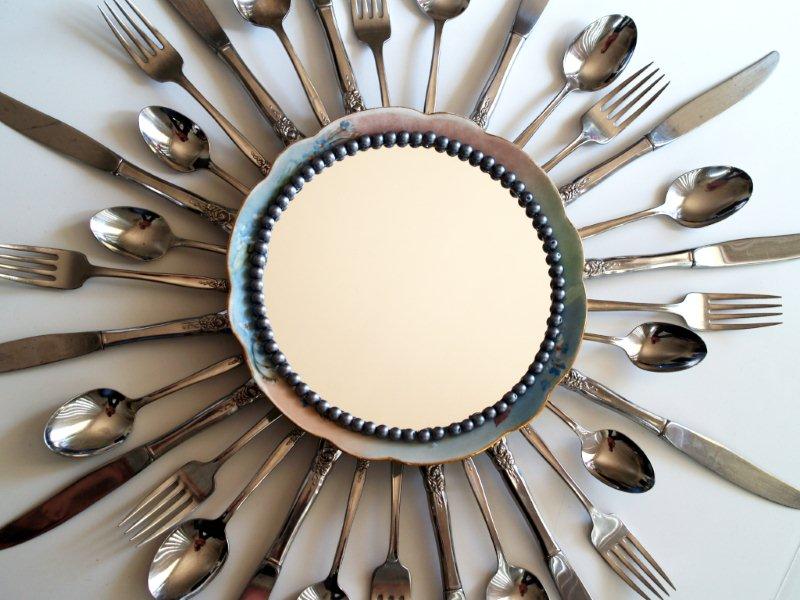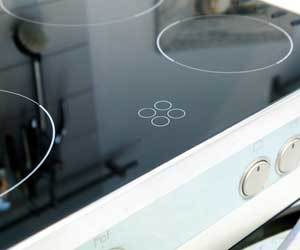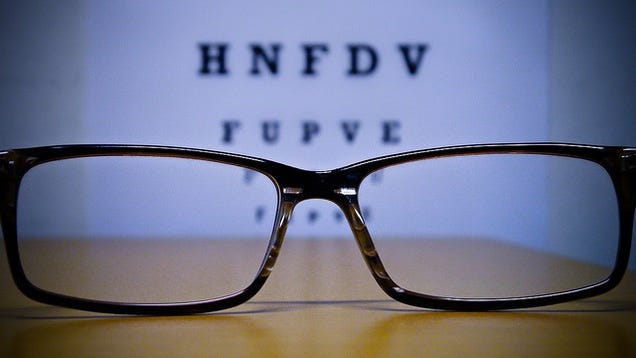Condensation is
the fog that suddenly appears in cold weather on the glass of windows and
sliding glass doors. It can block out the view, drip on the floor, freeze on
glass...it's annoying! It's natural to blame the windows...but you shouldn't.
What
causes window condensation?

1. Condensation can develop between the panes if the seal fails. When
this happens, the vacuum or gas escapes and the outside air is free to invade
the space between the panes, resulting in a bbuild-upof moisture or
condensation. Seals can fail due to faulty installation, inferior sealants or
extreme temperatures and weather conditions
If you have an older home subject to frequent
temperature changes, our insulated glass (IG) units can help balance the indoor
climate. If your home already has double-pane windows, but there is
condensation or a “milky” appearance between the panes of glass, it’s time to contact our glass specialists.
2. Window condensation can also be the result of
excess humidity in your home. The glass only provides a cold surface on which
humidity can visibly condense. The fog on your windows is a form of
condensation; so is the water that forms on the outside of a glass of iced tea
in the summer and on the bathroom mirrors and walls after someone takes a hot
shower. Condensation usually occurs first on windows because glass surfaces
have the lowest temperature of any of the interior surfaces in the house. When
the warm, moist air comes into contact with the cooler glass surfaces, the
moisture condenses.
The important thing is, your foggy windows and
sliding doors are trying to tell you to reduce indoor humidity before it causes
hidden, costly problems elsewhere in your home - problems like peeling paint,
rotting wood, buckling floors, insulation deterioration, mildew, even moisture
spots in ceilings and walls. Foggy windows and sliding doors are the
indicators, the warning signs, that humidity could be damaging your home.
Double Pane windows can help increase your home’s insulation.
Contact us today and we would be happy to come to your home and assisit in
assessing your home and find you a solution to your foggy window’s.
604-929-7292
TIPS FOR FURTHER REDUCING YOUR HOMES HUMIDITY
1. Use Exhaust Fans: Exhaust fans are common
in bathrooms, kitchens, and other places that are likely locations for hot
water usage. Make sure to use these fans whenever necessary as they will keep
the moist air from escaping to other parts of the house as well as decreasing
humidity levels at the source.
2. Take Shorter Showers: Most of the moisture
in the air in your home will get there from one source: steam. The most likely
culprit for this is long, hot showers in improperly vented bathrooms. By
reducing the amount of time you spend in the shower, you will not only reduce
the amount of water that escapes into the air, you will also use less water and
spend less money on heating that water.
3. Hang Damp Clothes Outside: Except in the
case of adverse weather conditions, there is no good reason to hang wet or damp
clothing to dry inside if you already have a humidity problem. The water
evaporating from your clothing or towels has nowhere to go but into the air of
your home. Instead, hang these items outside whenever possible so the unwanted
moisture stays outside where it belongs!
4. Only Run Washers When Full: Some clothes or
dishwashers have settings for the size of the load but many do not. Prevent
unnecessary water wastage and unnecessary humidity by only running these
appliances when they are full.
5. Don’t Turn Your Home into a Jungle: Plants
can be a great addition to a home: they purify the air and are great decoration
but they also create extra humidity in your home. If plants are forming mold,
you may have too many. Consider giving one or two away and see if that helps
the atmosphere of your home.
6. Open Windows and Doors: Air circulation
will do a lot in reducing the stuffy, sticky feeling of a humid home so open up
those windows and
doors when possible to let in fresh air. Keep inside doors open
so air flows freely through the home.
7. Do a Moisture Audit: Once you have taken
care of these easy ways of reducing humidity, perform one final check
around your property to look for any less obvious problems that could be
contributing to the moisture in the air:













